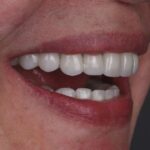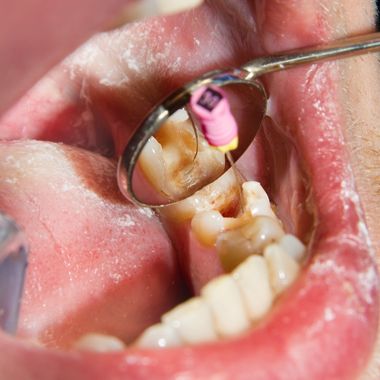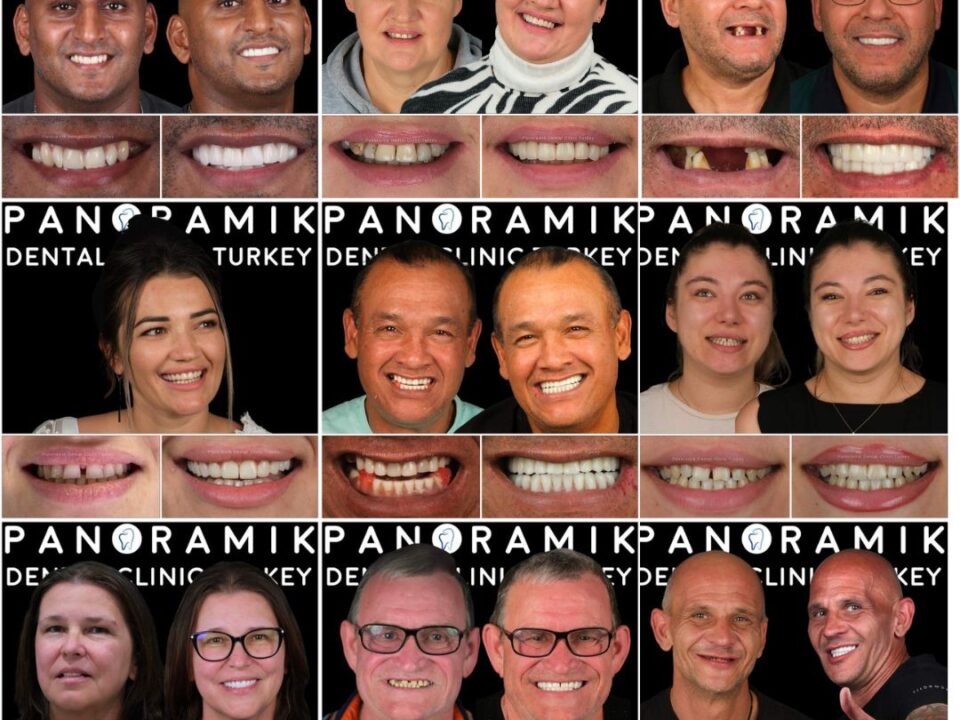
Smile Makeover
December 24, 2023
Pediatric Dentistry – Ensuring Healthy Smiles for Children
December 24, 2023
What Is Root Canal Treatment?
Root canal treatment is the removal of the soft tissue in the centre of the tooth, the pulp. After the damaged pulp is removed, the tooth space is cleaned and filled with a filling material. The pulp itself is made up of connective tissue, nerves, and extends all the way to the roots of the tooth.
Root canal treatment is also called endodontic treatment.
When Is Root Canal Treatment Performed?
Symptoms that indicate you need root canal treatment:
Severe toothache,
Sensitivity to hot and cold foods,
Swollen gums,
Gum abscess,
Jaw swelling,
Tooth discolouration,
Pressure pain,
Broken or cracked tooth.
The benefits of root canal treatment include the following:
Prevents tooth loss,
Prevents infection of neighbouring teeth,
Improves the aesthetics of the teeth,
Prevents jawbone degeneration,
Improves oral and general health.
Types of Root Canal Treatment
Primary root canal treatment is performed to control infection or inflammation in the tooth.
Root canal repair is the second step that must be performed if the problem is not resolved with the first root canal treatment.
Apical resection is a microsurgical procedure that removes infected tissue and the tip of the tooth root in a tooth with an old root canal. It is necessary when root canal treatment has failed.
How Is the Root Canal Treatment Procedure Performed?
Root canal treatment is performed in three stages and takes 1 to 3 sessions.
Root canal cleaning
First, pain is relieved with local anaesthesia and the pulp tissue is accessed through a small passage on the surface of the tooth. Painful and dead pulp tissue is removed from the tooth.
Root canal filling
The cavity area is then cleaned and treated with small files and irrigation solutions. In order to fill the root canal, the tooth is filled with a rubber-like material using adhesive cement. After root canal treatment, the tooth becomes dead. The patient will no longer feel pain in that tooth because the nerve tissue has been removed and the infection has been destroyed.
Veneer crown or filling
A tooth without a pulp can only feed by supporting the part of the tooth that connects it to the bone. This is enough to make the tooth strong, but over time it becomes more brittle due to water loss. Therefore, such fractures are prevented by placing a crown or filling.
The patient should not use the tooth for chewing or biting until the crown or filling is placed. Once the crown or filling is placed, the patient can use the tooth as before.

